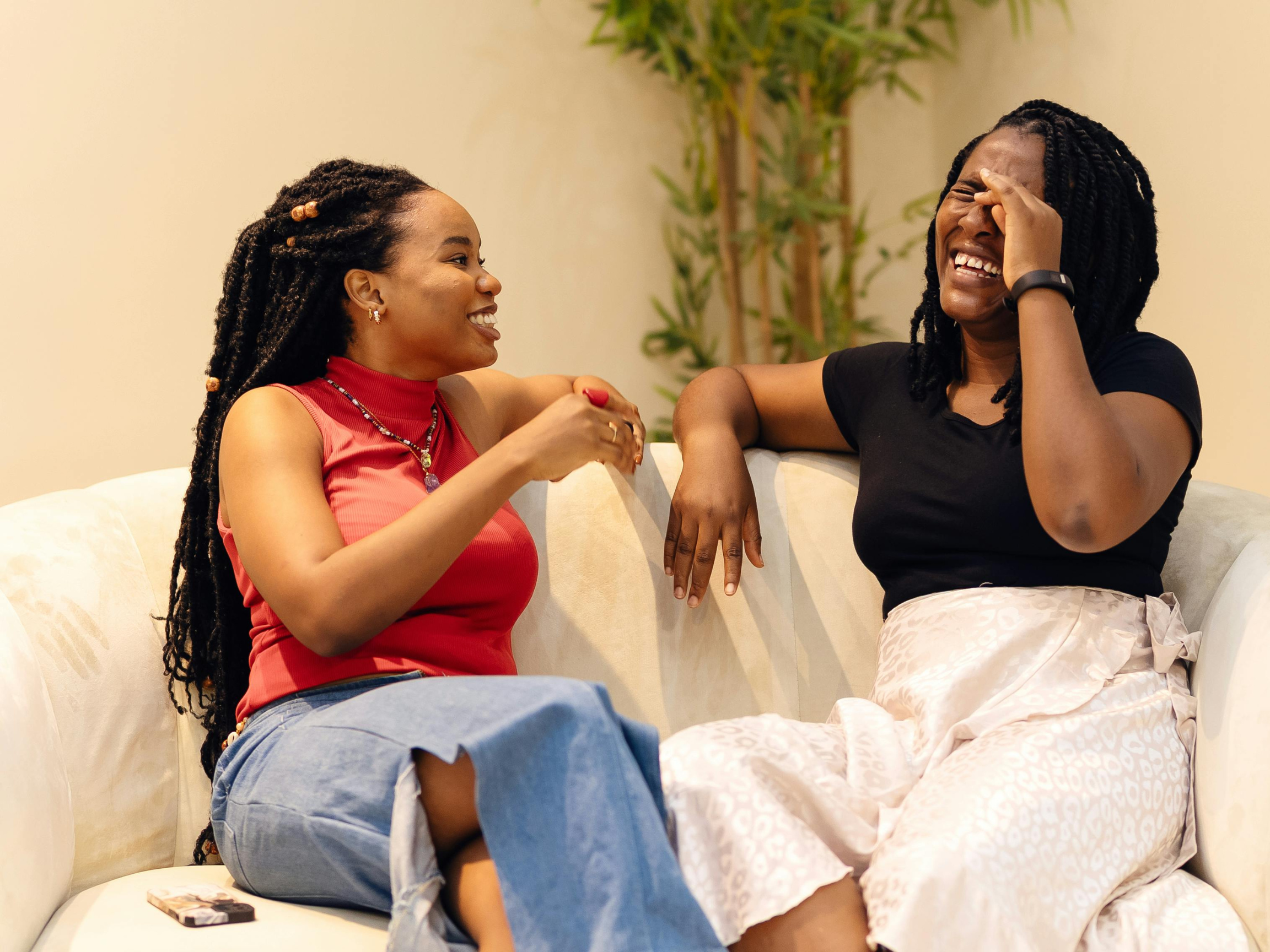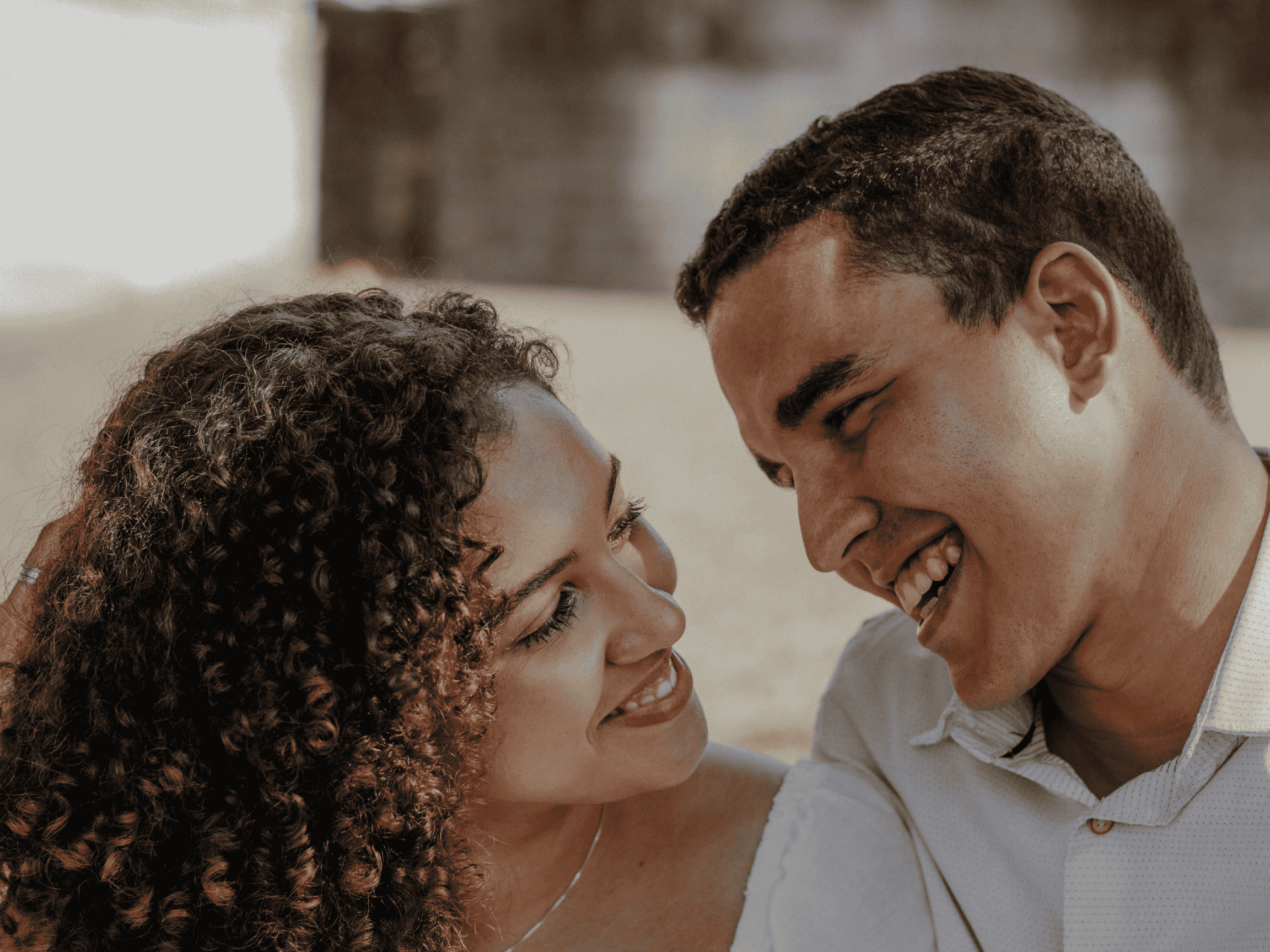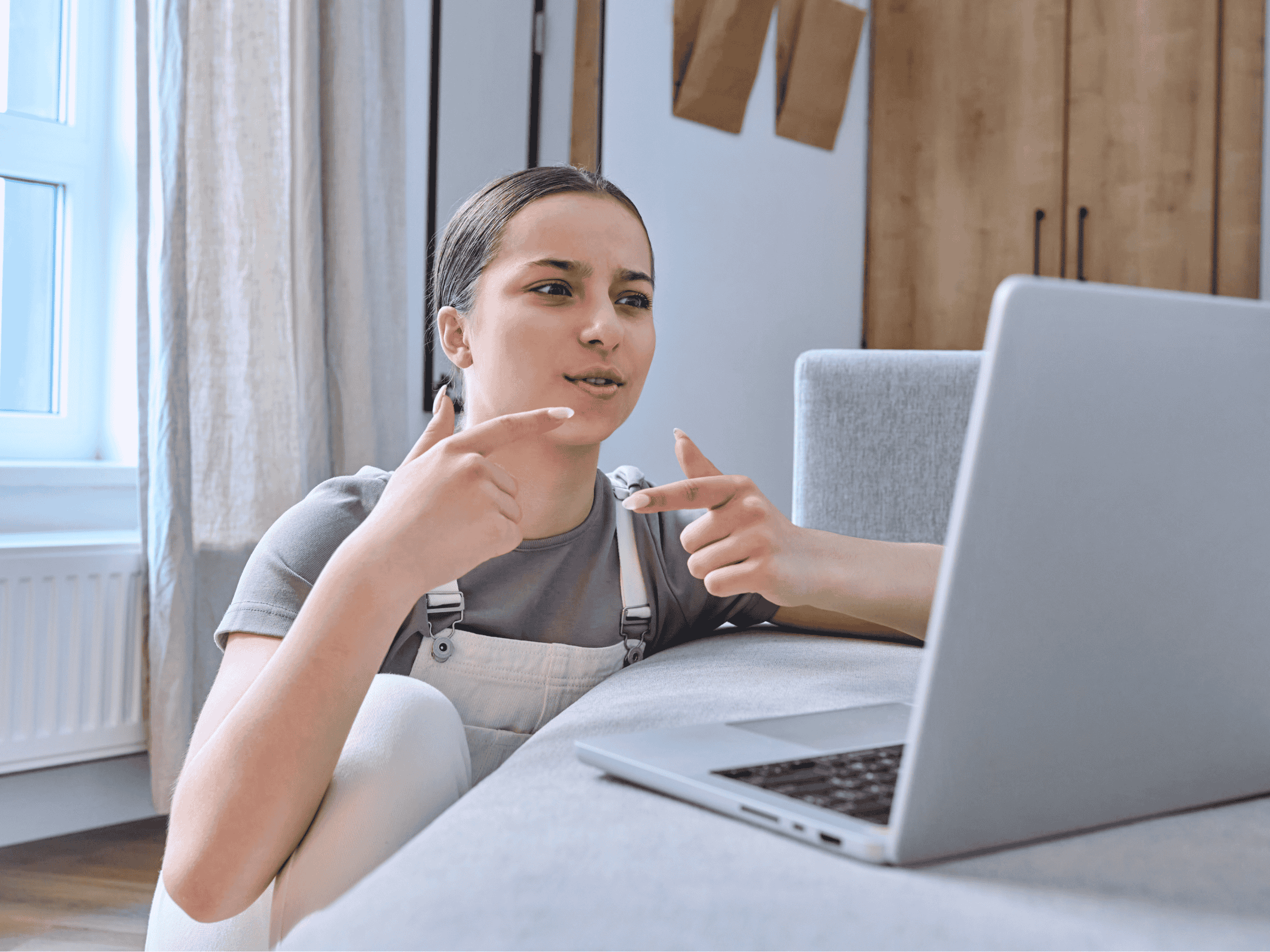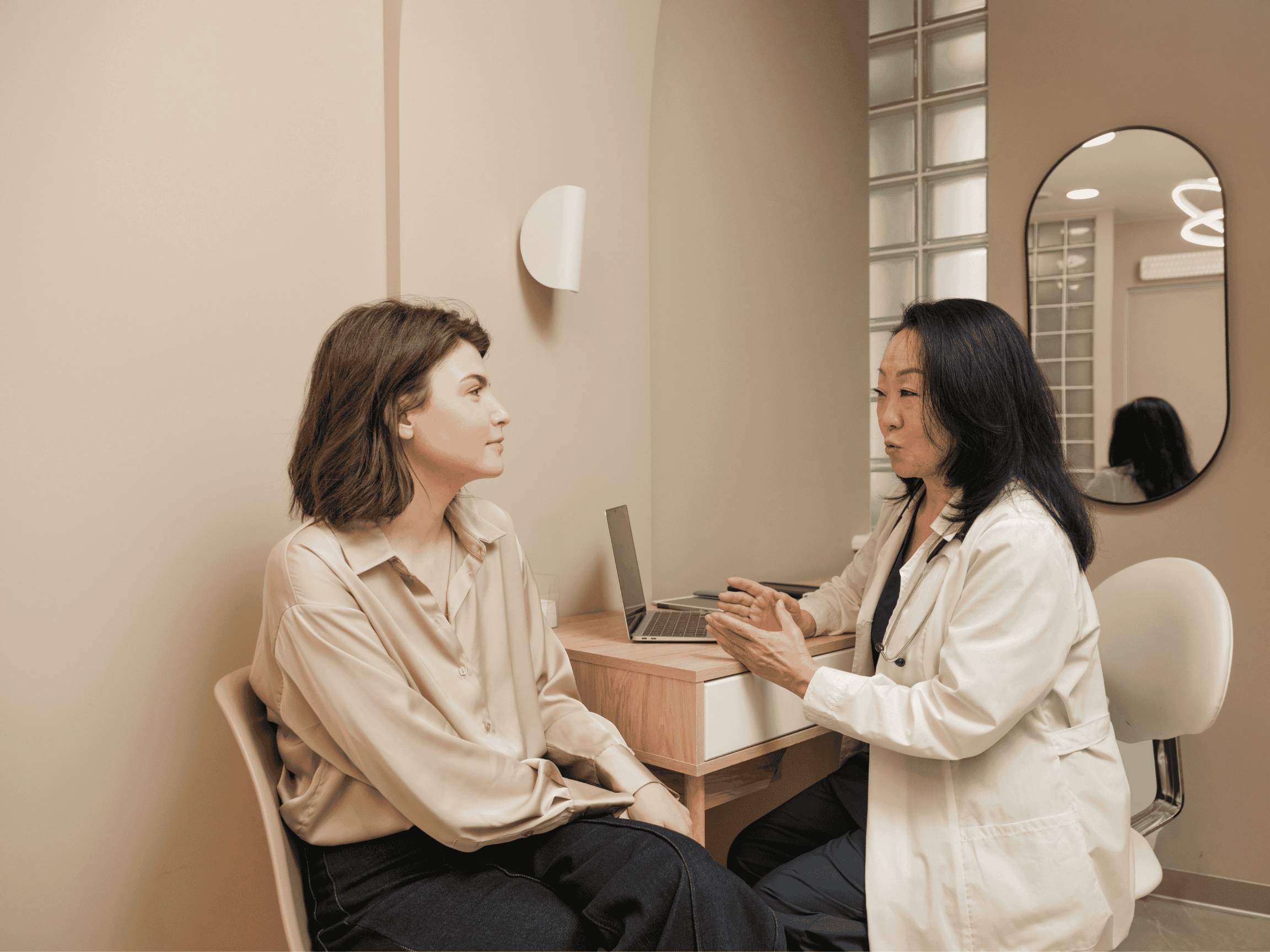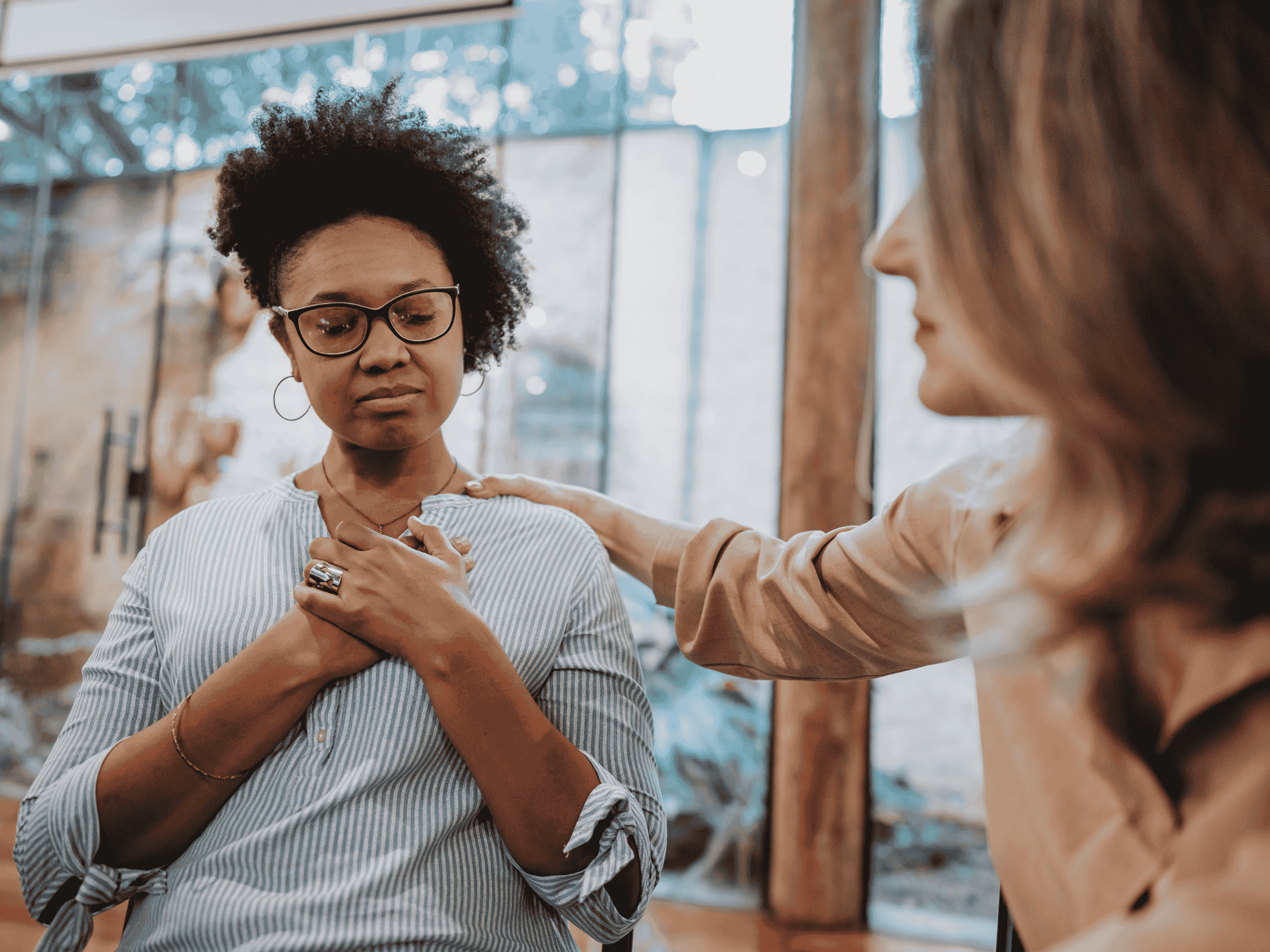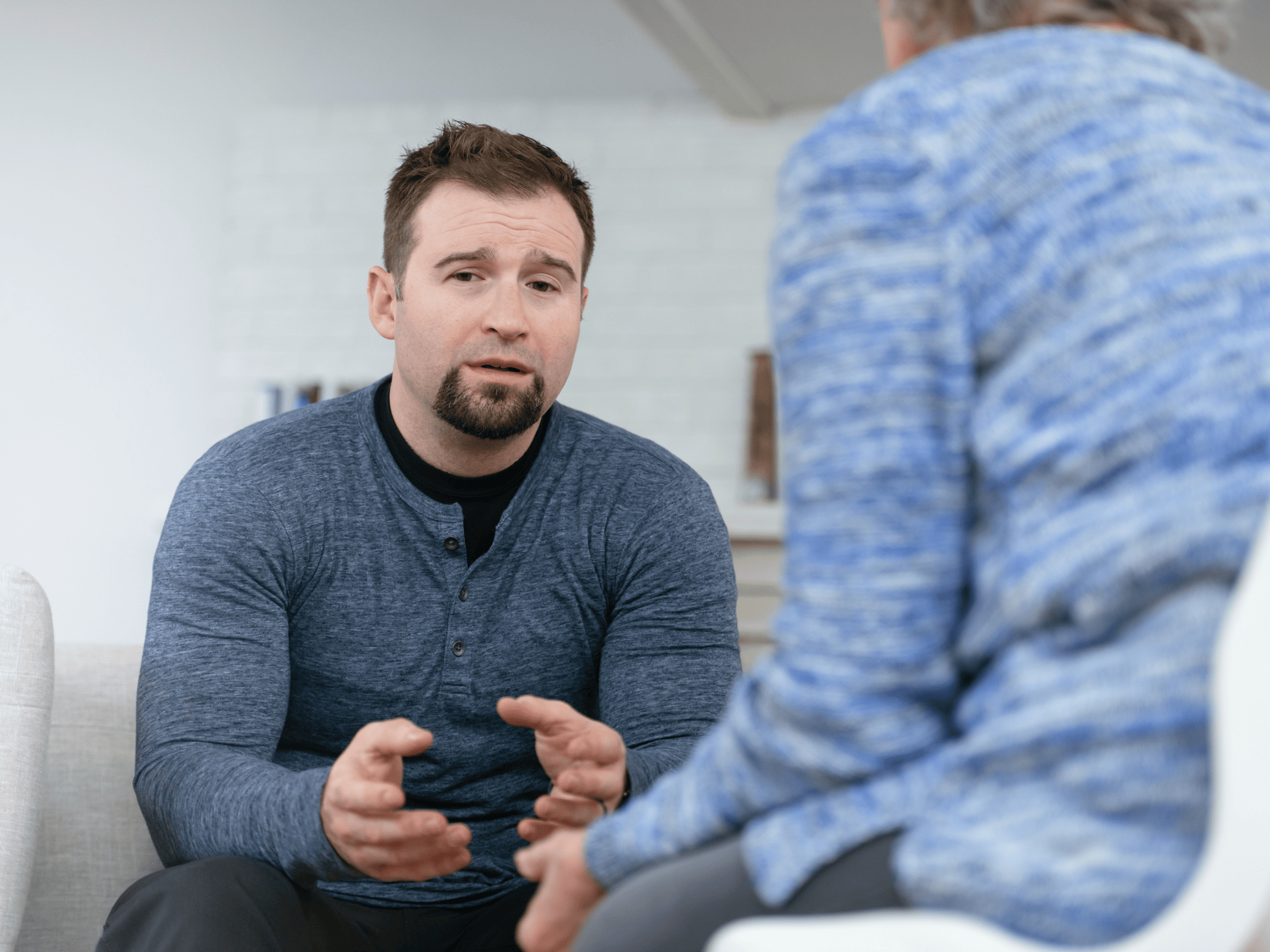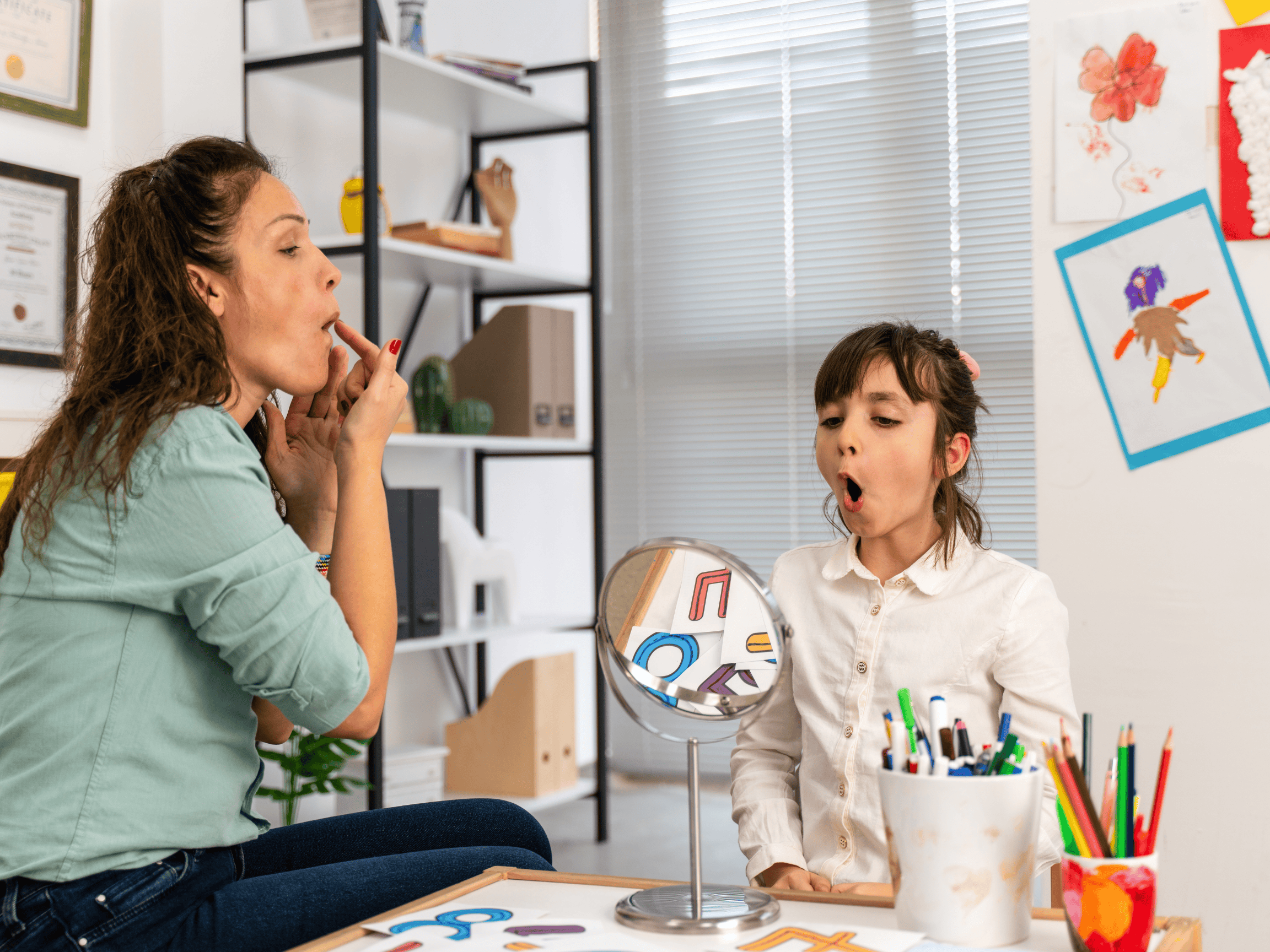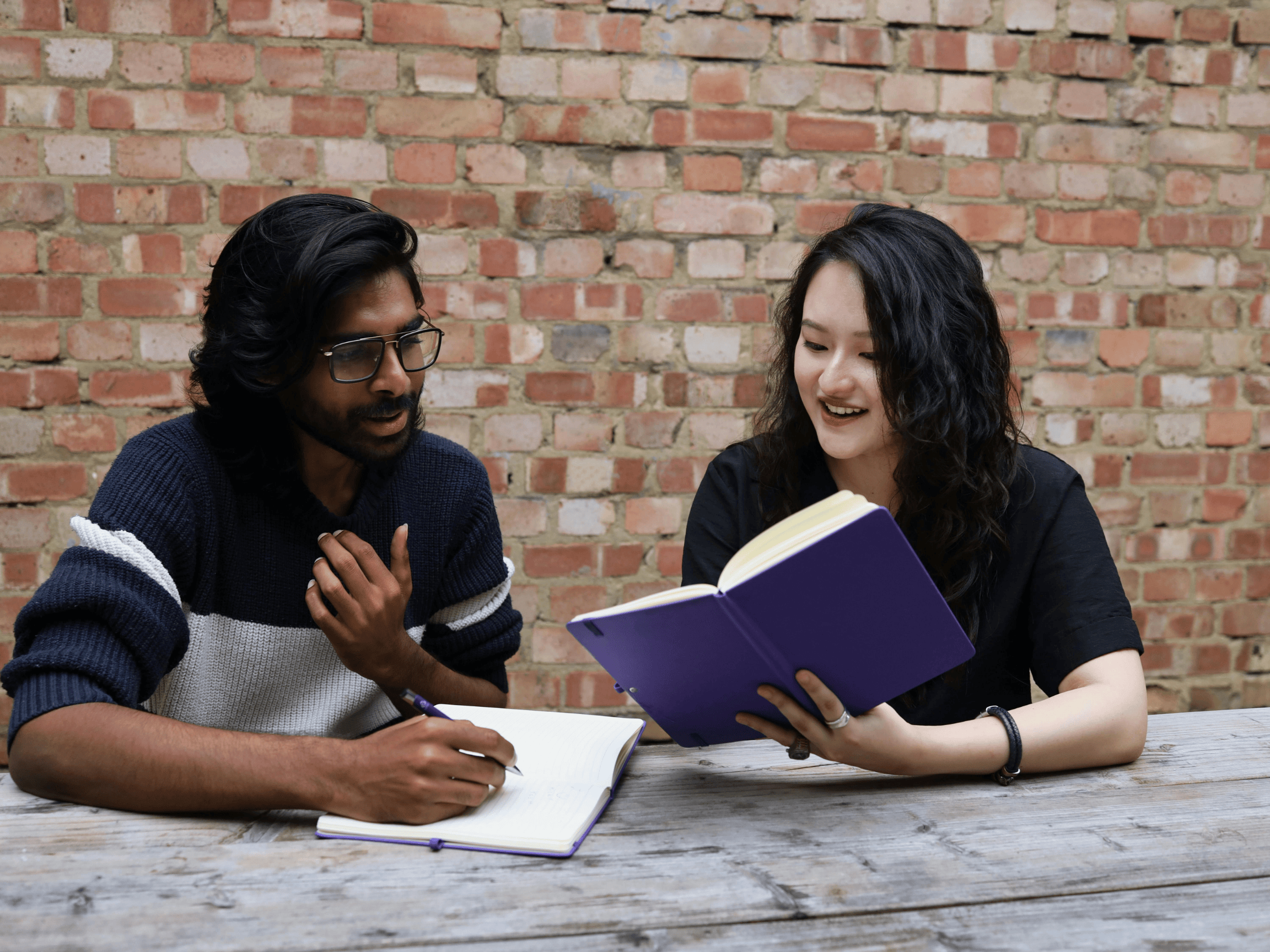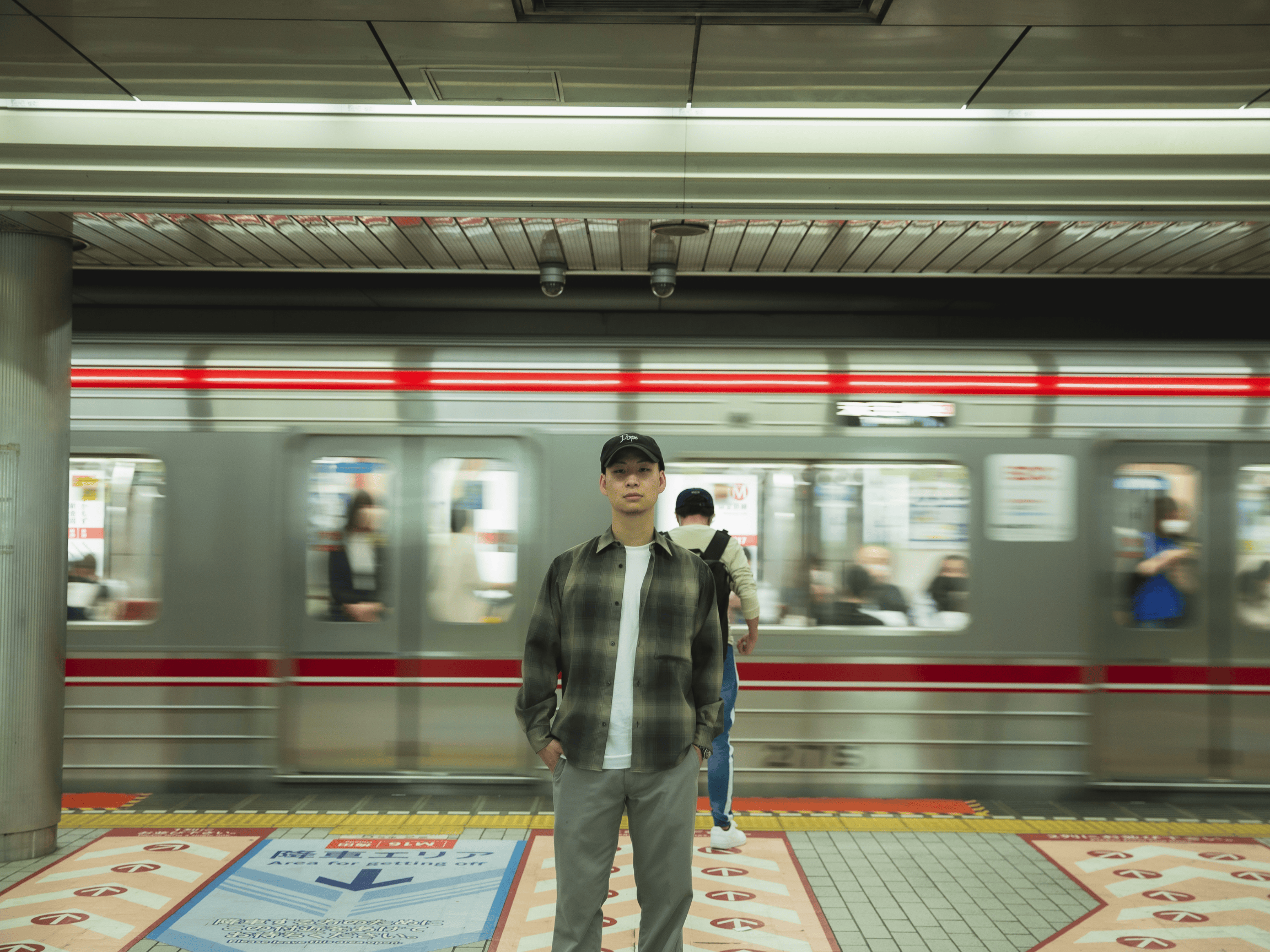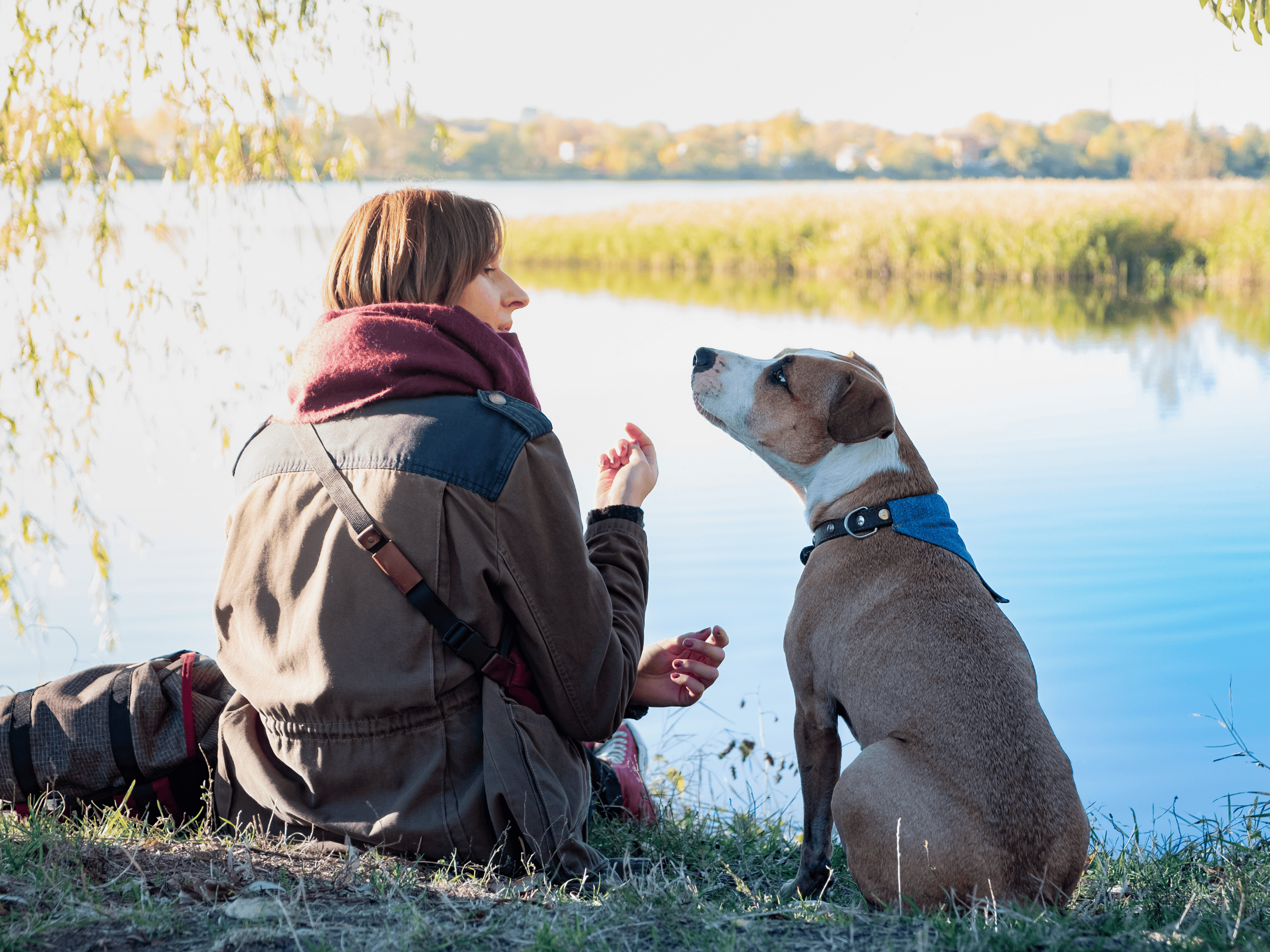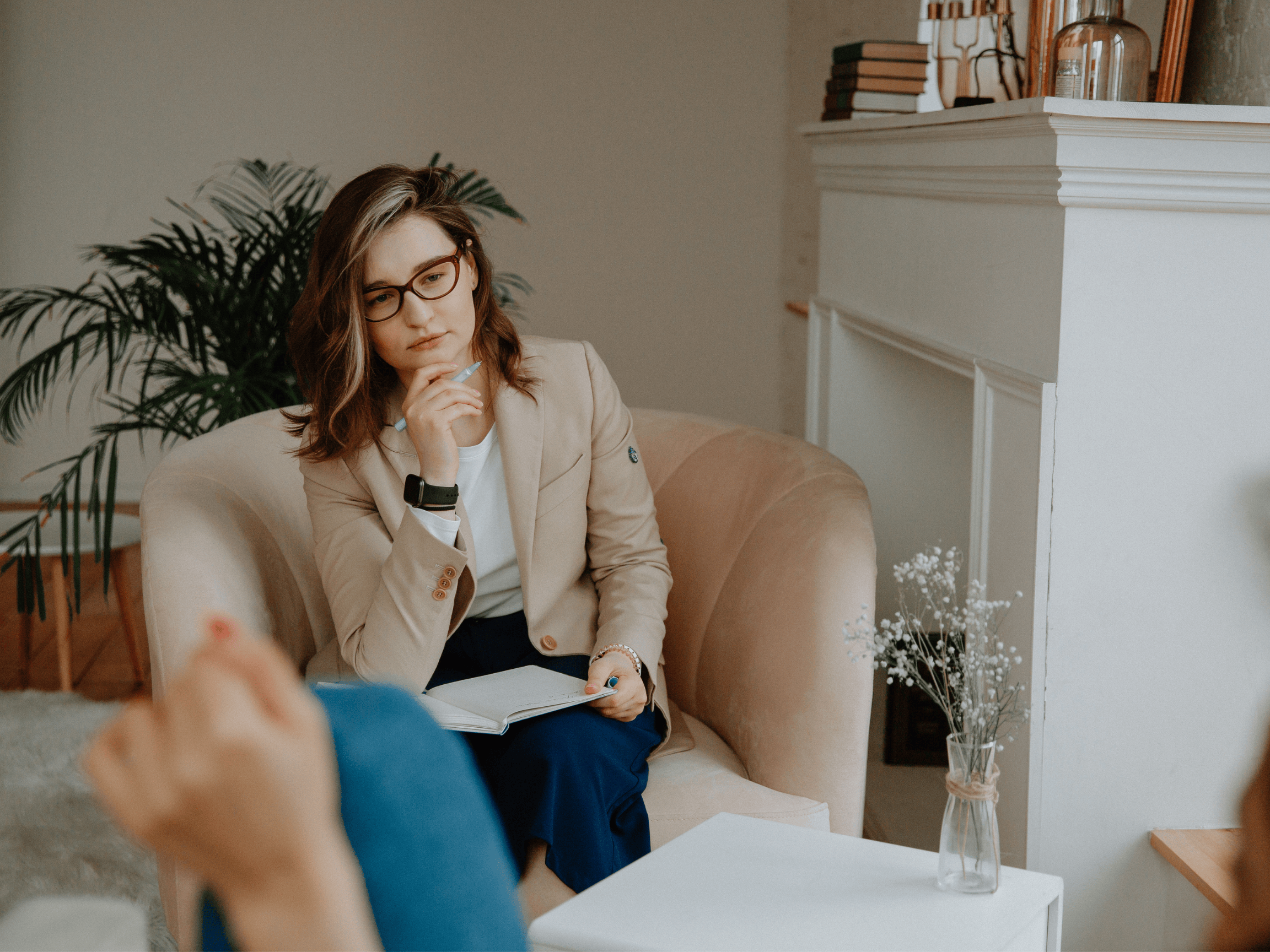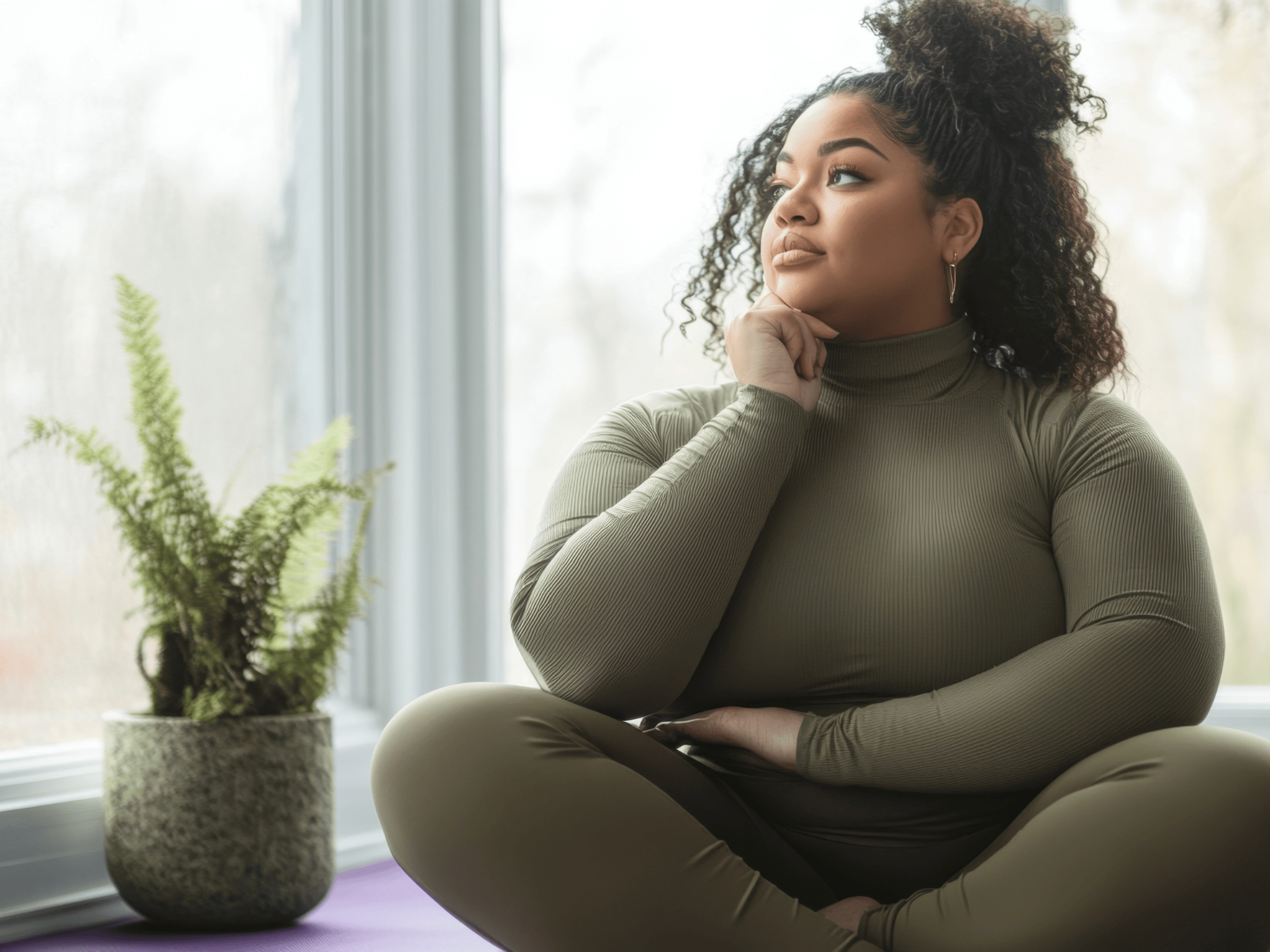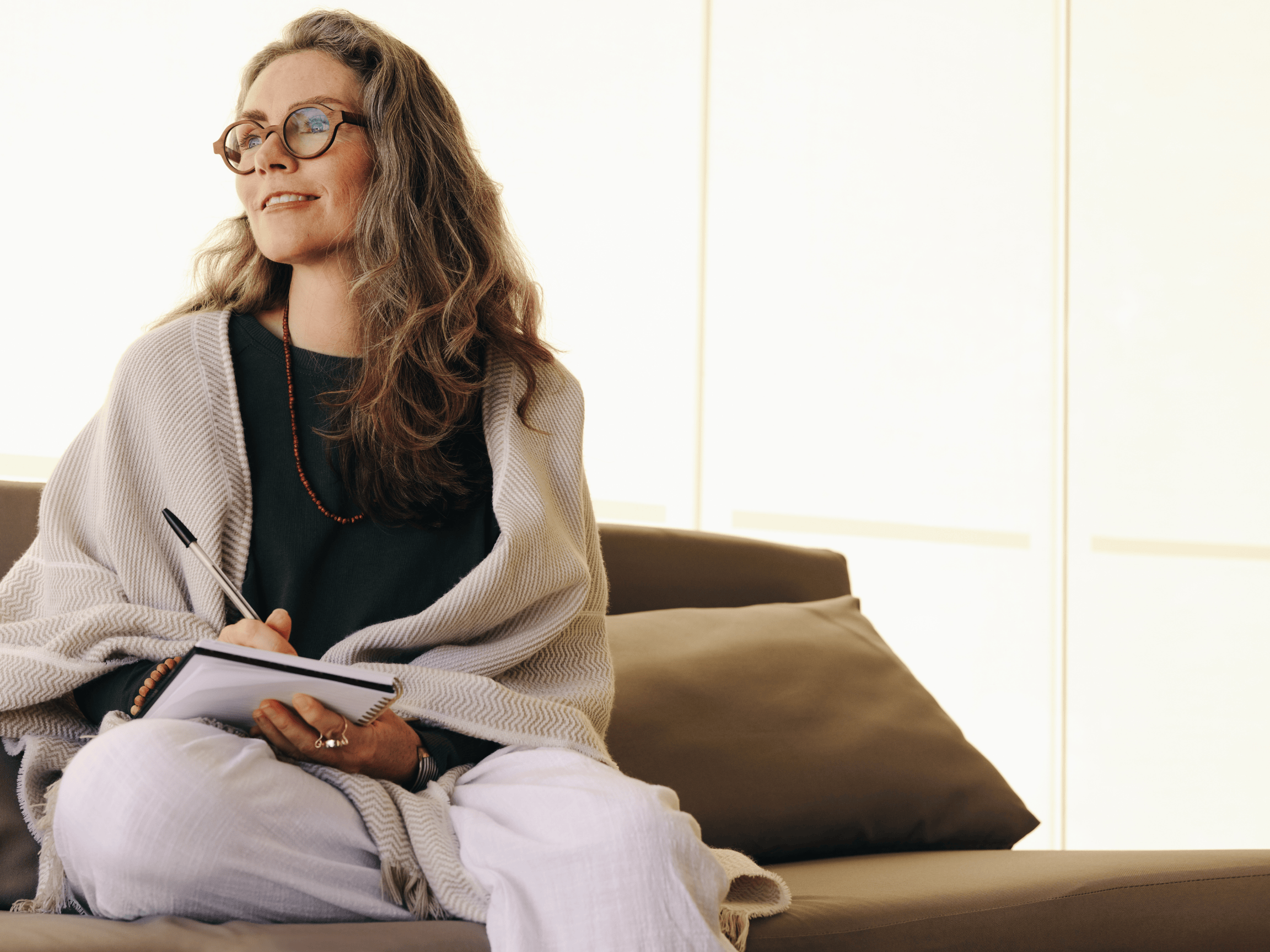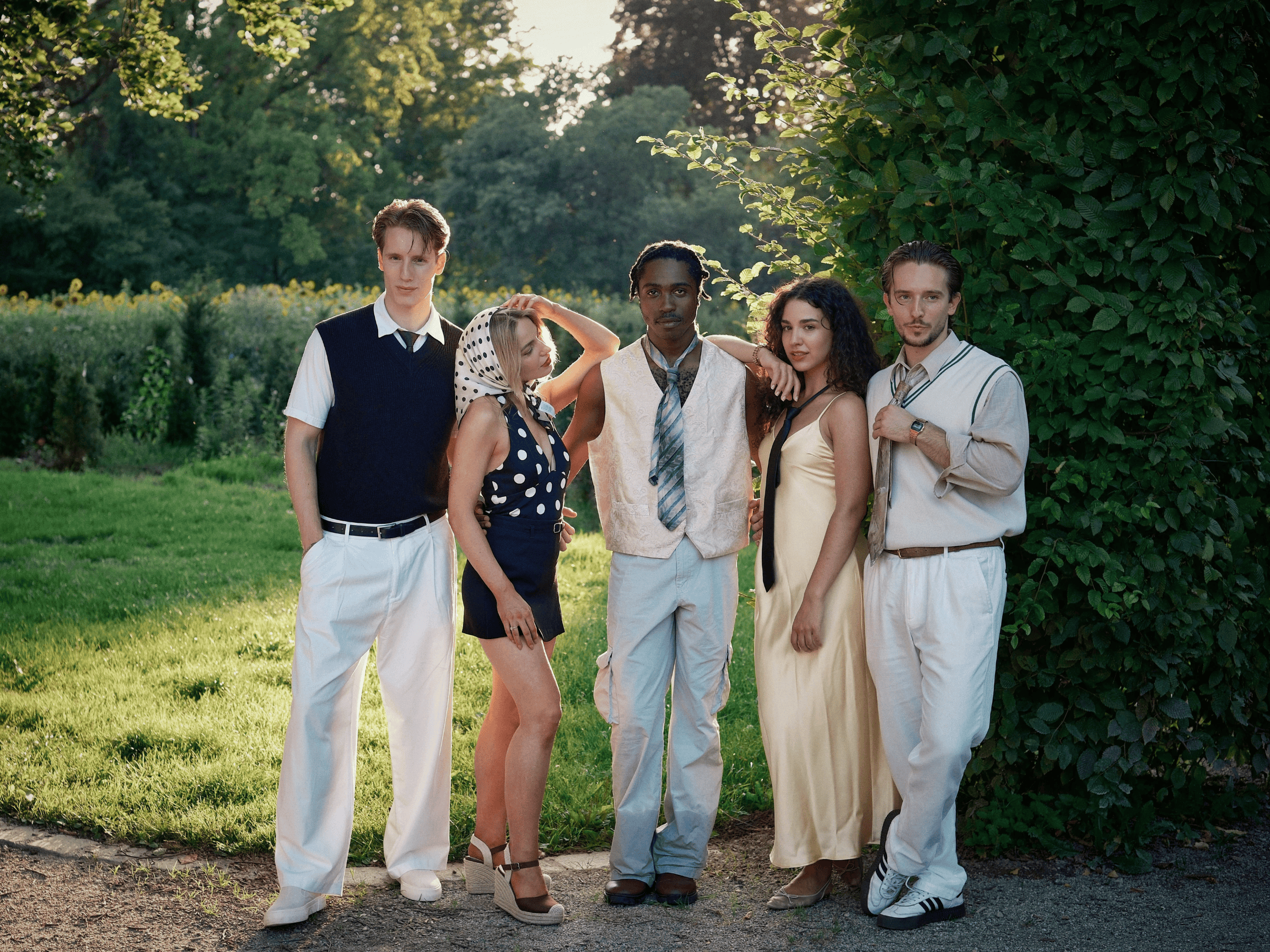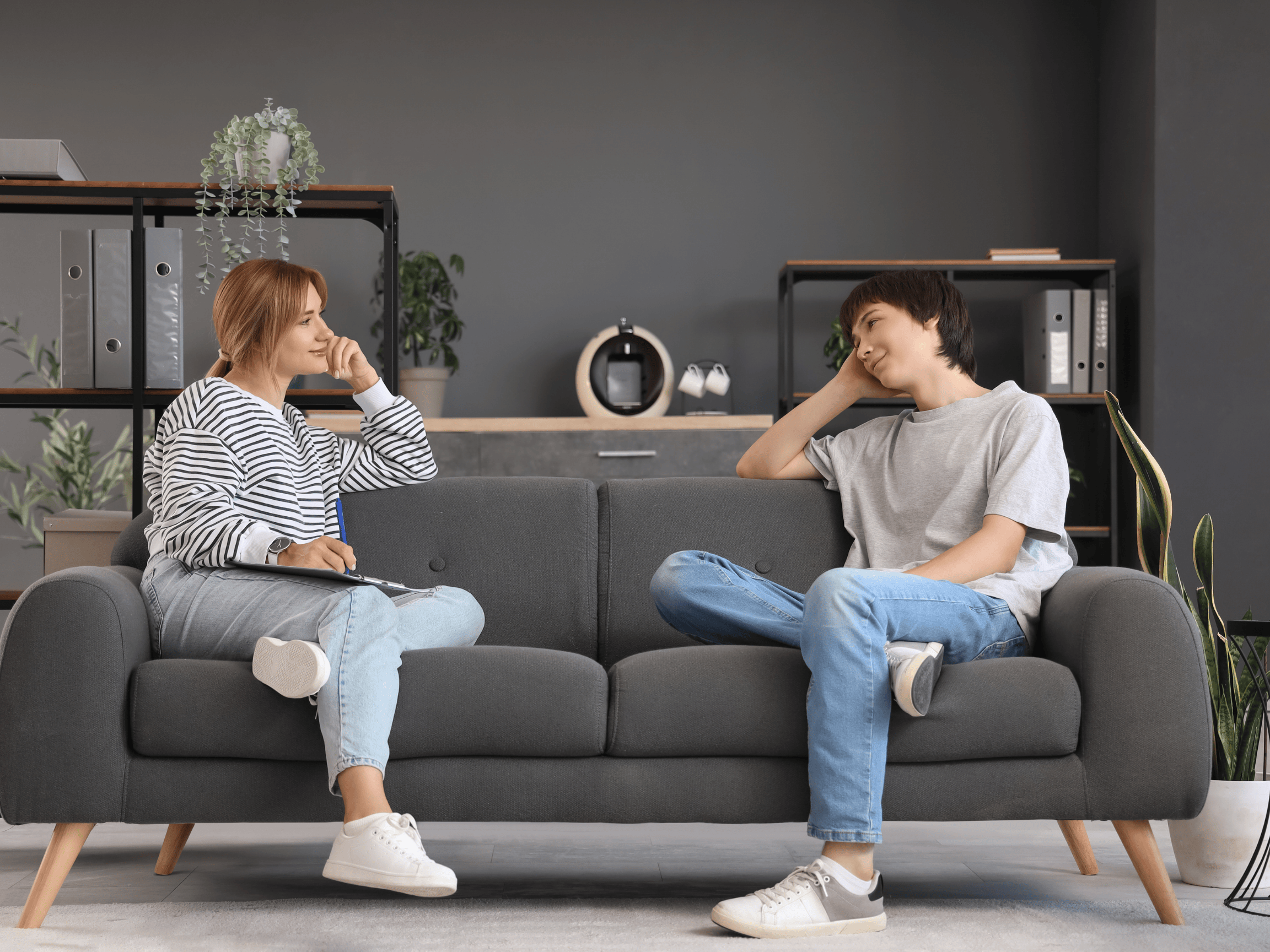Do you ever feel like something’s off in your relationships—past or present—but therapy hasn’t quite helped you figure out why or how to change it? Maybe you've worked through your thoughts, tried CBT, but you still feel disconnected, misunderstood, lonely, or stuck in relational cycles. Relational therapy might be what helps you move from understanding alone toward feeling genuinely seen, supported, and connected.
Relational therapy (often tied with relational-cultural theory, relational psychoanalysis, or relational psychotherapy) emphasizes how your relationships shape you—how early attachments, culture, trust, power dynamics, mutuality, and emotional connection affect your sense of self. It puts the therapeutic relationship itself at centre stage, as a model for what healed relating feels like. It helps people not just think differently about relationships, but to relate differently.
How Does Relational Therapy Work?
Here’s what relational therapy tends to involve — how the work usually unfolds with a relational therapist:
- Exploring patterns of relating
You’ll look at how you have tended to engage in relationships (partners, family, friends) — what feels safe vs what feels triggering. Often these patterns come from early life, or from cultural/familial norms. You trace how these relational styles show up now: do you pull away, accommodate, get reactive, feel invisible, etc. - Relational mythologies and internalized beliefs
There are implicit stories you carry: “I must put others first,” “I don’t deserve respect,” “If I show vulnerability, I’ll be rejected.” Relational therapy helps you see these beliefs, where they came from, and how they affect how you relate presently. - Therapeutic relationship as corrective experience
One of the key ideas: the relationship between you and the therapist is not just the container, but part of the medicine. When this relationship is mutual, empathic, attuned, safe, and real, it allows you to experiment with ways of being you may not have had before. These experiences can help shift what connection feels like for you. - Mutuality, empathy, and power awareness
Because relationships are two-way, relational therapy pays close attention to power dynamics, cultural, gender, and identity influences. There’s often work around how power (real or perceived) shapes what people feel safe saying or doing in relationships. - Given voice to relational wounds
Some relational wounds come from betrayal, neglect, inconsistent care, or cultural messages that devalue certain identities. Relational therapy helps bring those pains into view—expressing them, naming them, feeling them—often improving self-worth and relational trust. - Repair & growth through relationship
As relational wounds are addressed, relational therapy supports repair: new relational experiences, new possibilities in interactions, more authenticity, boundaries, vulnerability. Over time, this can shift how you show up in your life—not just in therapy, but with friends, family, work.
What Kind of Issues Relational Therapy Helps With
Relational therapy can be helpful for lots of different concerns, especially those that involve relationship pain, disconnection, or feeling unseen. Some common presenting issues include:
- Low self-esteem, feeling unworthy or invisible
- Difficulty forming or maintaining close relationships
- Feeling alone, misunderstood, disconnected
- Patterns of feeling “not allowed” to show vulnerability or have needs
- Issues with trust, power, or identity in relational settings (family, romantic, cultural)
- Guilt, shame, self-criticism particularly tied to relationships
- Repeated relational conflict, where old patterns keep repeating
- Sometimes depression, anxiety, or other emotional distress rooted in relational life
It’s less about diagnosing a disorder and more about relational health: how you relate, how you feel in relationships, and how relationships relate to your sense of self.
What Relational Therapy Looks Like in Sessions
Here’s what you might expect if you choose relational therapy with me (Taylor) or someone similarly relational:
- Early sessions might include exploring your relational history, early family dynamics, what messages you got about relationships, closeness, boundaries, power, trust.
- The therapist will often reflect not only on what you say about your relationships outside therapy but also explicitly explore what is happening between you and the therapist (the “here and now”). This includes noticing how you feel in the session: safe, vulnerable, exposed, misunderstood, etc.
- There’s often a strong emphasis on empathy, attunement, and emotional presence. The therapist may share reflections about how they see relational dynamics unfolding, gently point out relational patterns, or bring up when they notice something between you.
- Setting up a relational “safe base”: you should feel able to experiment with vulnerability, imperfection, expressing needs. If relational ruptures happen (inevitable sometimes), the repair of those ruptures becomes part of the work.
- Between-session reflections (journaling or noticing relational moments in daily life), often relating what happens in real relationships to what’s being explored in therapy.
Why Relational Connection Matters (Beyond Thinking, Beyond “Fixing”)
Sometimes therapy focused mainly on thoughts or behaviours helps a lot—but relational wounds don’t always heal through logic alone. Being able to feel relational connection, safety, mutuality, repair offers something else:
- When past relational hurts (being ignored, invalidated, misattuned) are repeated through isolation or relational patterns, it intensifies shame, self-criticism, and inner disconnect. Being genuinely seen in therapy starts to shift that.
- Healing relational wounds builds trust: in others and in yourself. When you experience empathy, attunement, and genuine relational safety, it teaches your nervous system and sense of self that you deserve care, you matter.
- It helps change relational scripts—not just your thoughts about relationships, but your felt ways of relating—to be more authentic, assertive, boundary-aware, responsive, rather than reactive or shut-down.
- Some emotional pain (loneliness, longing, shame) is relational at its core. Connection itself can be therapeutic: feeling safe, being reflected, being validated, being able to show up as your real self in a relationship (therapeutic one) can allow old relational injuries to heal.
Research & What the Evidence Says
Here’s what studies are showing about relational and relational-cultural therapy:
- A community mental health center trial of brief relational-cultural therapy with women showed significant improvements on multiple outcome measures, and gains held at 3 and 6 months later. PubMed
- Relational interventions are measurable: a scale has been developed (Relational Work Scale) to rate therapist interventions that focus on client’s relationships outside therapy — looking at timing, content, valence, etc. BioMed Central
- Qualitative research into clients’ experience of finding a “relational home” in therapy shows themes like belonging, safety, affirmation, being-with, which help deepen trust and therapeutic change. LJMU Open Journals
- Research supports this approach being especially helpful for women, for people coping with shame, low self-esteem, relational dissatisfaction, and those who feel harmed by power imbalances or disconnected from meaningful relationships. EBSCO+2Psychology Today+2
Limitations & What to Think About
To be real, there are things to consider, so you’re going in eyes open:
- Relational therapy often requires more time in therapy, because relational change tends to happen slowly, as safety and trust are built.
- It can feel messy: relational dynamics are complex, there might be moments where you feel triggered, misunderstood, disillusioned—especially if patterns from past relationships show up with the therapist. Those moments can feel painful but can also be growth moments if repaired.
- Not every relational therapist has the same training; relational or relational-cultural theory requires skill in noticing relational dynamics, culture, power, identity, being able to tolerate vulnerability and emotional risk.
- Sometimes other modalities may also be required (cognitive work, somatic work, more structured interventions) depending on the nature of the issues (like more severe PTSD, dissociation, etc.).
Final Thoughts: Is Relational Therapy Right for You?
If you’re someone who has felt misunderstood, disconnected, or like your relationships always loop the same script—if you understand why relational pain is there but still feel like connection, closeness, or trust evade you—relational therapy might be what helps you shift from inside out.
It’s not about fixing you; it’s about relating differently. So you can begin to feel safer in relationships, feel more authentic, more seen, more trusted. Authentic relational work can help you move from coping mode into healing in the most human of ways—through connection.
If this resonates, when looking for a therapist you might ask:
- Are they trained or familiar with relational-cultural theory or relational psychotherapy?
- How do they understand the therapist-client relationship, and do they explicitly explore what shows up between you?
- How do they address power, culture, and identity in relationships?
- What is their view of vulnerability, boundaries, and relational safety?
Relational therapy can transform how you feel in relationship—with yourself and with others. It might just help you find what’s been missing: connection, belonging, and a relational home inside your life.



